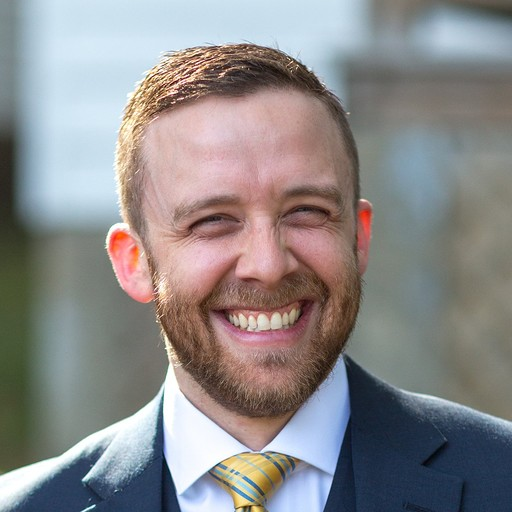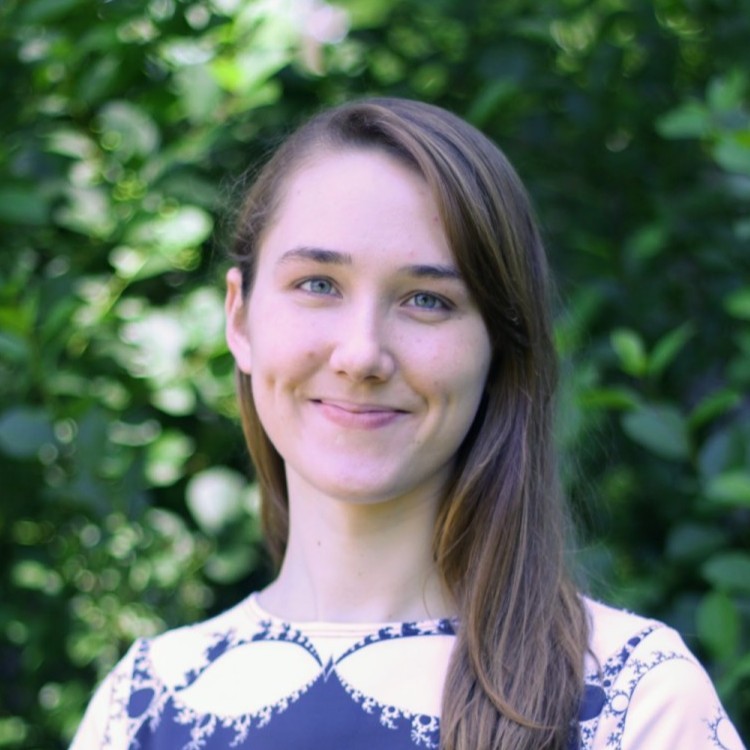Ginkgo’s SSI group empowers screening for metabolic engineering – Part 2
Ariel Langevin, Ginkgo’s current Head of Strain Engineering, and Adam Meyer, former Head of SSI and now part of the Foundry Leadership, talk about how SSI has been applied in the past and how the group is working to meet the demands of mammalian cell engineering and broader bio-based industries.
Humans of Ginkgo Bioworks is an interview series featuring Sudeep Agarwala interviewing some of the brilliant folks at Ginkgo to learn more about the technology that makes our work possible.
— This is the second part of a two-part interview. Read Part 1 here—


Sudeep Agarwala: In the first part of this discussion, we talked in some general terms about how SSI helps with metabolic engineering at Ginkgo.
I wonder if we could get into specific details? Adam, since you led SSI for a while, I wanted to turn this question to you first. Tell me about some of your favorite projects.
Adam Meyer: So the one that’s very near and dear to my heart is when we made the synthetic expression system for Pichia pastoris. Developing this system was just one part of a larger project we were working on, but that expression system has subsequently become the backbone of a lot of the protein expression projects that are currently at Ginkgo.
This project was a collaboration between SSI, NGS, and Fermentation. But in doing this work, it felt like it was a sort of “coming out party” where it became obvious the type of things that we could do.
For this project, we took on the design of hundreds of thousands of combinatorial synthetic expression systems and we were able to construct these in the Pichia expression host. But we didn’t test them individually–I mean, how could we? You’d need as many fermenters as you have designs and we didn’t have 100,000 fermentation reactors.
So we did a pooled approach to find the best expression system. We put all of our library together in one fermentation vessel, and ran a very ordinary fermentation process for Pichia–no fancy bells and whistles. We wanted to find the expression system that gave us blockbuster expression under very standard conditions without having to reinvent fermentation, either in the lab or, maybe more importantly, at scale.
And at the end of the day, we found ones that performed amazingly, frankly – far better than the best-in-class expression system. And I don’t know that we could have found those in any other, I should say, reasonable way.
SA: I remember seeing that development process and it yielded some pretty spectacular results for our customer. Ariel, tell me about some projects that stand out for you?
Ariel Langevin: Over the years, there’ve been several good ones. One set of projects that comes to mind was developing and deploying a biosensor to detect a small molecule of interest. This was a bacterial project–in E. coli. We developed a biosensor that would cause any cell producing the small molecule to emit fluorescence.
After developing this biosensor, we deployed the first version to screen a million member strain library in a pooled fashion–the SSI way. And this biosensor made the project successful! We were able to find strains that produced higher concentrations of the compound. Last year, for the same project, we deployed a second version of the biosensor to screen another library and identify strains with increased titer.
I like this story because we were able to see the entire arc of the project from start to finish, and there were variants of the million member libraries that would have been impossible to find without this tool.
SA: Before we move on, I notice you’ve both rattled off a bunch of Latin–and that got me curious: SSI doesn’t only work with yeast and bacteria, right?
AL: That’s right! That’s one of the things I love most about working in SSI and at Ginkgo: we get to work with so many different organisms and across so many different platforms to really accelerate the work of strain engineering.
SSI has a lot of expertise with model yeast and bacteria, but we’ve also worked with filamentous fungi, and anaerobic soil bacteria that, while industrially important, have little in the way of available genetic tooling. Non-model organisms are more than welcome in SSI! A lot of our workflows are organism agnostic–meaning that the same or similar SSI protocol can often be used for whichever organism the project may be working with. At Ginkgo, we’ve seen that even today being able to generate and screen a large library of random mutants for any organism in a fraction of the time of the usual methods is still a really powerful capability that has applications in a huge number of industries.
And we’re actively expanding our capabilities so that the scope of SSI’s work includes more mammalian cell lines, plant cell lines, and microalgae among other forms of life.
SA: I want to thank both of you for your time and begin wrapping up. First, Adam, you’ve been leading SSI for the past few years. What was that like? Where are you going next?
AM: Well, I’m not going anywhere–I’m still staying at Ginkgo! My official title is Senior Foundry Lead. I’m going to be taking on a broader role overseeing SSI, ALE, and EncapS making sure that those groups integrate well into the rest of the Foundry, and can be more flexible with the demand they’re seeing from the projects that are coming through Ginkgo. I’m here to make sure that we get more and more efficient at hitting our partners’ goals as well as scaling our Foundry platform further.
SA: Ariel, now that you’re taking over Adam’s previous role, what’s next for SSI?
AL: As Adam alluded to, there’s going to be a lot of work to make sure we’re supporting our partners’ projects as they move through design-build-test-learn cycles in the Foundry and that we’re making that process as smooth as it can be. There’s already been a lot of innovative tools that have been developed to make this possible, but there’s still more that we plan to do.
And part of this is expanding and solidifying our capabilities. We’ve put in a lot of energy into developing workflows for microbes–bacteria, yeast, and fungi. There’s going to be a lot of exciting opportunities in growing the team to support mammalian workflows. As Ginkgo does more work with engineering mammalian systems, there’s going to be an increasing need to develop processes to screen them efficiently.
In the first half of this conversation, Adam talked about how rational engineering and our group really make a complete package of complementary approaches to cell engineering. Making sure that these techniques are as robust in mammalian cell engineering as they are on the microbial side is really going to provide a powerful cell engineering platform that can impact all parts of the bioeconomy.
— This is the second part of a two-part interview. Read Part 1 here—
Work With Us
 Adam Meyer did his PhD work at UT Austin with Andy Ellington developing novel directed evolution methods, which he applied to the engineering of T7 RNA Polymerase. He continued developing these methods with Christopher Voigt at MIT, where he improved the performance of small molecule biosensors.
Adam Meyer did his PhD work at UT Austin with Andy Ellington developing novel directed evolution methods, which he applied to the engineering of T7 RNA Polymerase. He continued developing these methods with Christopher Voigt at MIT, where he improved the performance of small molecule biosensors.
He came to the Selections and Strain Improvement (SSI) Team at Ginkgo Bioworks in 2018, where he led the efforts for the team’s core technologies: 1-pot library generation, pooled screening, directed evolution, and genome editing. Adam led the SSI Team from 2020 through 2023, and is now part of the Foundry Leadership Team, with a focus on deploying the SSI, EncapS, and ALE technologies.
 Ariel Langevin, PhD, completed her doctoral work in Mary Dunlop’s group at Boston University, where she studied the dynamics and evolution of antibiotic resistance. She joined the SSI team at Ginkgo in 2020. At Ginkgo, she has focused on developing protocols for generating 1-pot libraries, workflows for multiplexed assays, and performing fluorescence-based and growth-coupled selections. Currently, she is the head of SSI at Ginkgo.
Ariel Langevin, PhD, completed her doctoral work in Mary Dunlop’s group at Boston University, where she studied the dynamics and evolution of antibiotic resistance. She joined the SSI team at Ginkgo in 2020. At Ginkgo, she has focused on developing protocols for generating 1-pot libraries, workflows for multiplexed assays, and performing fluorescence-based and growth-coupled selections. Currently, she is the head of SSI at Ginkgo.
